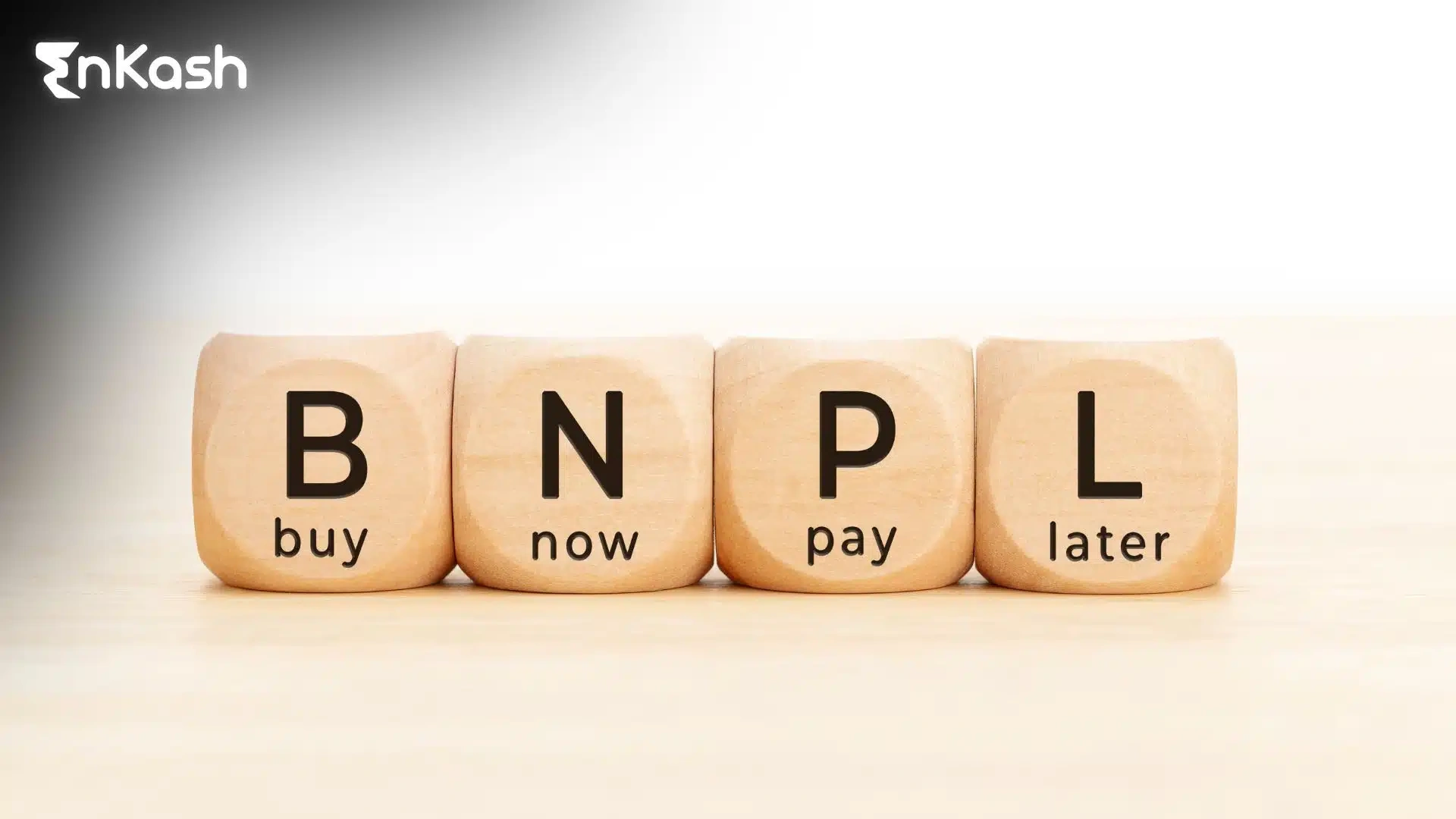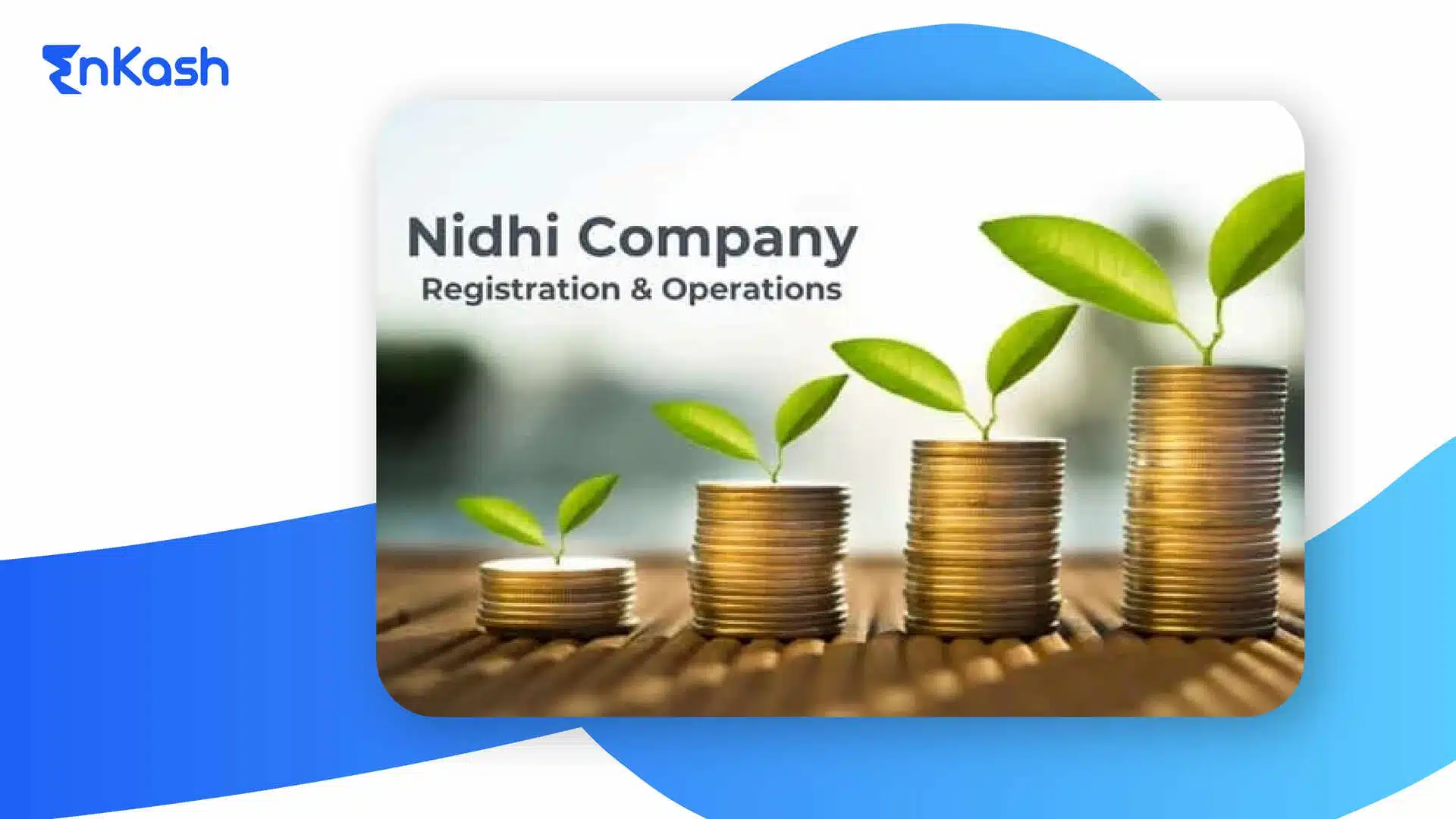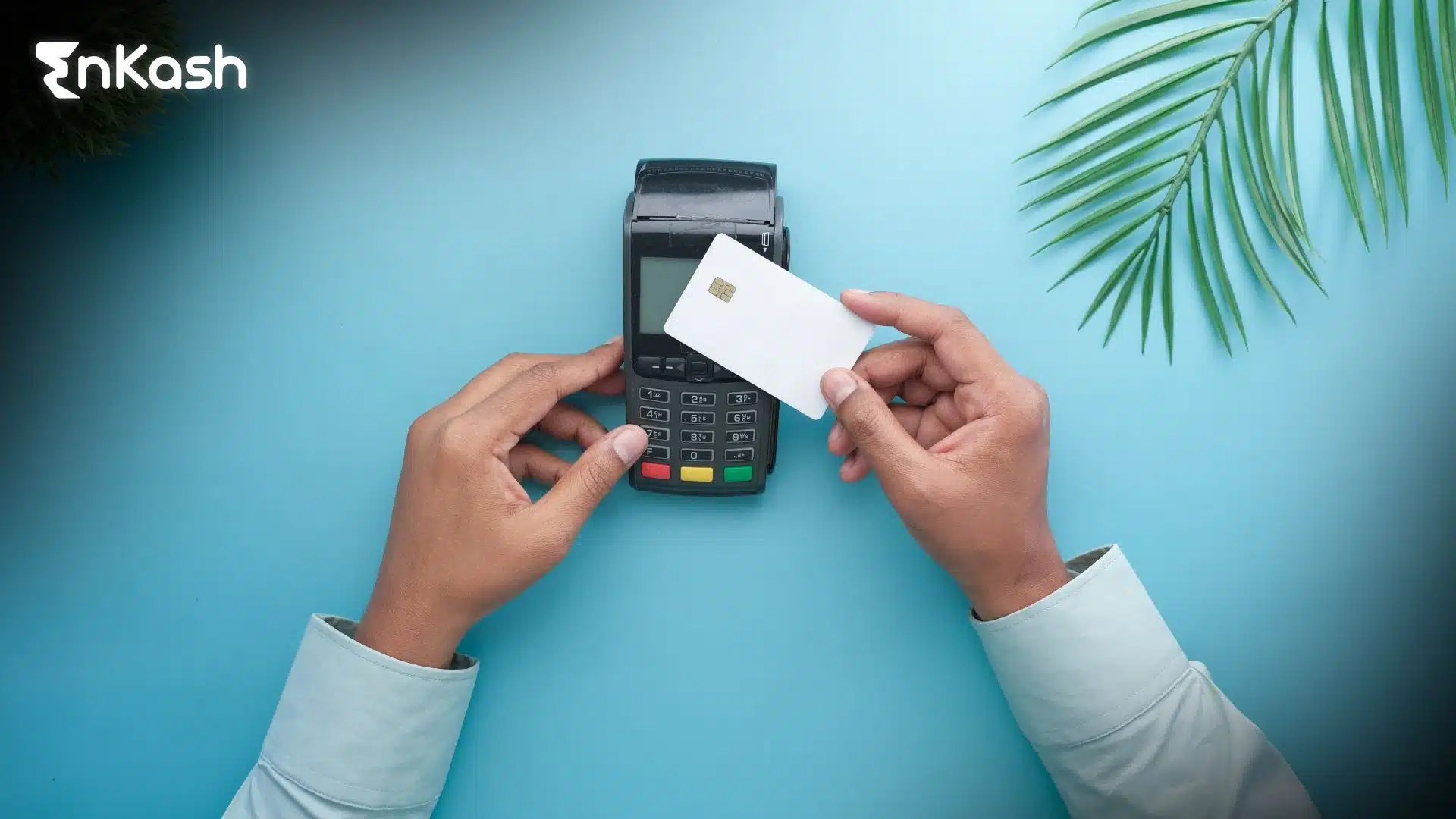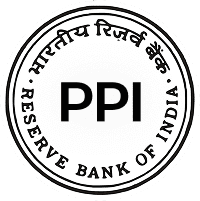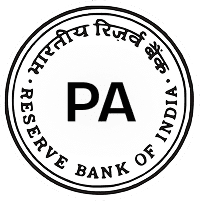Why BNPL Is Redefining the Checkout Experience
The checkout experience is no longer a simple transaction. It has evolved into a strategic point of influence. Today’s digital consumers are not just choosing what to buy but also how to pay. In this context, payment gateways are being pushed to do more than just process transactions; they are being reshaped to accommodate the rising demand for flexible payment options. At the center of this change is Buy Now Pay Later, a model that is driving a major shift in gateway design and functionality.
For years, payment gateways focused on speed, encryption, and seamless API flows. Their primary job was to complete the transaction and reduce friction. But now, user expectations have changed. Shoppers want payment journeys that match their financial comfort, especially when making large or unplanned purchases. The presence of Buy Now Pay Later in the checkout stack gives gateways a new purpose. Instead of being a back-end utility, they now have a direct role in offering financing options, real-time approvals, and intelligent checkout routing.
The mechanics are changing too. Earlier, buyers would see limited options—cards, wallets, or net banking. If a customer did not have a credit card or enough wallet balance, the sale would fall through. Today, a gateway integrated with a BNPL option can unlock instant affordability. With a single click, the buyer can split payments, and the gateway handles the approval logic and transaction completion without redirecting the user or slowing down the process. This makes the gateway more than a pipeline, it becomes a decision engine.
Merchants are also seeing the advantage. When gateways offer Buy Now Pay Later, conversion rates improve because buyers feel financially enabled. Cart abandonment drops. Average order values rise. These outcomes are not tied to design tweaks but to how the gateway now functions. It creates personalized options at the checkout stage without forcing the buyer to exit the merchant ecosystem. This kind of fluidity is where the future of payment is heading.
For the gateways themselves, this shift brings complexity. They must now integrate with BNPL providers, maintain compliance with financing rules, and ensure that installment options do not conflict with other loyalty or cashback schemes. But at the same time, it creates an opportunity to own more of the transaction value chain. Gateways that were once seen as background processes are now actively shaping how and when payments are made.
The rise of Buy Now Pay Later also changes how payment orchestration is handled. Gateways are adapting by prioritizing alternative payment methods in their APIs and offering real-time eligibility checks using user data. Some are embedding installment plans directly into the checkout flow, making it easier for merchants to offer financing without additional coding. This brings a clear competitive edge in platform selection, especially for merchants dealing with high-value or repeat transactions.
In conclusion, the checkout stage is no longer just about payment completion. It is about enabling decisions. Gateways that support Buy Now Pay Later are helping merchants convert intent into action, reduce friction at the most critical stage, and drive higher transaction value. What began as a financing option has now become a powerful force in shaping how payment gateways are built and optimized.
Read more: Demystifying Buy Now Pay Later Using Purchase Cards
The Overlap Between BNPL Models and Traditional Payment Frameworks
The evolution of digital payment infrastructure has always followed consumer demand. At one point, adding wallet support was seen as a major upgrade. Later, integrating card tokenization became essential. Today, platforms are shifting again to accommodate installment-based options like BNPL. This change does not break away from the past. Instead, it builds on existing structures while responding to new expectations.
Traditional payment gateways have long been designed to route transactions from the buyer to the merchant. Their core responsibilities include ensuring security, handling authorization, and completing settlement. The logic behind them is straightforward. They identify the payment method, confirm available balance or credit limit, and process the transaction. This model has served cards, net banking, wallets, and prepaid instruments well. However, it was never intended to manage real-time financing workflows that involve credit decisioning or installment structuring at checkout.
BNPL models bring a fresh layer into this process. When a buyer chooses to split payments, the transaction must go through an instant credit assessment. In this situation, the gateway does more than facilitate the transaction. It becomes a channel for communication between the BNPL provider, the merchant, and the buyer. All of this must happen within seconds to ensure a smooth user experience. This new demand has pushed gateways to handle more than just payment routing.
Some systems now embed credit eligibility checks within their own processes. This means that by the time a buyer reaches the checkout page, the gateway already knows which installment options can be displayed. In older systems, financing always required redirection to a separate service. Today, the experience stays within the merchant’s ecosystem and completes faster.
This is where the connection between BNPL and payment gateways becomes important. Gateways are not replacing their original functions. They are expanding to include financing logic, credit validation, and installment handling within the same system. The foundation remains the same, but the capabilities have grown.
This hybrid structure gives merchants flexibility. They can continue using standard payment flows for most buyers while also offering embedded BNPL solutions to those who prefer flexible spending. The result is a payment ecosystem that is more adaptive, more inclusive, and better aligned with how people shop today.
Read more: Exploring the Various Types of Payment Gateways: Which One Is Right for Your Business?
Who’s Fueling the BNPL Wave: Consumer Behavior Insights
Behind every shift in the payments landscape is a clear change in buyer behavior. The growth of flexible finance options has not been driven by financial institutions alone. It is the modern consumer who is leading the transformation. A closer look at how people are choosing to pay reveals why BNPL has grown so quickly and why payment gateways have had to evolve alongside it.
Younger shoppers have played a major role. Millennials and Gen Z buyers are comfortable with digital journeys and prefer financial tools that give them more control. They do not always rely on credit cards and are wary of interest charges or annual fees. When a checkout option appears with no extra cost and the ability to split payments, they respond quickly. These buyers want freedom to purchase without long-term financial pressure, and that is exactly what BNPL offers.
However, the appeal has moved beyond just the younger audience. Many middle-aged and older buyers have also adopted BNPL models, especially when making high-value purchases. What draws them in is the simplicity. There is no paperwork, no lengthy approval process, and no need to enter long-term credit agreements. The option shows up, the terms are clear, and the decision is made right there on the checkout page.
The psychology is simple. When people feel they can afford a purchase without affecting their immediate cash flow, they are more likely to complete the transaction. BNPL gives that cushion. It provides comfort at a moment when hesitation is most likely. This makes it not just a payment method but also a conversion tool. And that is why consumers are fueling this trend, pushing both merchants and gateways to meet the new demand.
Engineering BNPL into Payment Gateway Architecture
The rise of flexible financing at checkout has made technical integration a core focus for payment gateways. It is no longer enough to support standard card and wallet options. Today, gateways must be capable of handling dynamic financing models, real-time approvals, and customizable repayment options. This is where the demand for BNPL integration has grown sharply. It is not just a business choice but a technical requirement to stay relevant.
Most BNPL solutions are now offered through APIs, making it easier for payment platforms to embed them into existing systems. These APIs are built to perform real-time eligibility checks, calculate installment amounts, and present repayment plans at the point of checkout. For gateways, this means adjusting their architecture to support both traditional payment flows and financing logic simultaneously.
One of the biggest changes has been at the user interface level. Gateways must now enable merchants to display BNPL options clearly during the payment process. This includes visual tools like installment breakdowns and repayment timelines. All of this must appear in real time without slowing down the checkout or redirecting the buyer. Seamless user experience is now part of technical performance.
From a backend perspective, gateways need to manage multiple relationships at once. They must talk to the merchant’s system, the buyer’s interface, and the BNPL provider’s credit engine in one smooth flow. This requires structured data handling, security compliance, and latency management. The entire setup must operate at scale and respond within milliseconds.
For small merchants, ready-made plugins are often the solution. Larger businesses may choose custom integration routes, where the BNPL provider’s logic is directly embedded into their platform. In both cases, the responsibility falls on the payment gateway to ensure that the experience is consistent, secure, and fast.
In today’s digital commerce environment, BNPL integration is not a bonus feature. It is a critical part of modern payment infrastructure. Gateways that can offer this functionality gain an edge by helping merchants meet new consumer expectations without disrupting existing payment flows.
How BNPL Is Powering the Next Phase of Fintech
BNPL has grown far beyond retail checkout. It is now a major influence in how fintech products are designed and delivered. From credit assessment to user experience, the model is shaping the next wave of innovation in finance. This section outlines how BNPL is becoming a central pillar in modern fintech strategies.
Fintech companies have embraced BNPL for its fast and simple structure.
- It replaces the complexity of traditional credit systems.
- Approval and repayment happen in real time.
- Consumers do not need a credit card to access short-term financing.
The product design in fintech is shifting because of this model.
- BNPL is often built directly into the purchase flow.
- Users complete a purchase, get credit, and manage repayment all in one app.
- It creates a unified journey, unlike traditional lending where users shift between tools.
BNPL is expanding beyond retail transactions.
- Subscription models, travel bookings, and healthcare payments are adopting it.
- The logic behind installment payments now applies to multiple industries.
- Fintech firms are exploring new sectors to embed flexible credit options.
Platforms are turning BNPL into part of a broader financial ecosystem.
- Some apps offer loyalty rewards and savings features linked to BNPL usage.
- Others use payment behavior data to build custom credit profiles.
The future of BNPL in fintech depends on how deeply it integrates with everyday finance.
- As more platforms adopt this model, the lines between credit, payments, and budgeting will fade.
- Fintech players will likely lead this change by building modular, data-driven tools.
Also read: QR Code Payments in India: UPI, Contactless Solutions, and Secure Payment Practices for SMBs
Merchants Are Winning Big—And Here’s the Proof
As BNPL gains ground in the fintech space, its impact on merchant performance is becoming hard to ignore. Beyond being a customer convenience, BNPL has emerged as a growth driver for businesses across industries. From boosting sales to improving customer retention, its influence is visible in every key metric that matters to merchants.
Merchants who adopt BNPL report noticeable increases in conversion rates.
- Shoppers who might hesitate at full payment are more likely to complete the purchase.
- Checkout friction drops when smaller installments are presented clearly.
- Buyers feel in control of their spending, which leads to faster decisions.
The average order value often rises when BNPL is available.
- Shoppers tend to add more items to their cart when payments are split.
- Higher-priced products become more accessible without discounting.
- Merchants gain value without sacrificing margin.
BNPL supports higher customer retention over time.
- Users who choose installment options once are more likely to return.
- Familiarity with the BNPL flow creates repeat buying behavior.
- Some BNPL providers offer branded loyalty features that link directly with merchants.
Return rates often decline in BNPL-supported purchases.
- When customers commit to a payment plan, they are less likely to cancel the order.
- This creates more stable revenue and reduces post-sale costs.
Seasonal and promotional sales see stronger performance with BNPL in place.
- Holiday campaigns or new launches perform better when split-pay options are active.
- Merchants gain more traction without adjusting core pricing strategies.
The keyword BNPL benefits for merchants reflects more than convenience.
- It signals stronger sales pipelines, better customer loyalty, and smarter revenue patterns.
- For businesses focused on long-term digital growth, BNPL is becoming a key part of the payment strategy.
SMBs Gaining Access to Premium Payment Tools Through BNPL
Small and medium businesses have often struggled to match the checkout experience provided by larger retailers. Payment innovation has typically favored those with the budget and infrastructure to adopt new tools quickly. That pattern is now changing. BNPL is offering a clear path for SMBs to compete in a digital-first economy by giving them access to flexible payment solutions without heavy investment or technical complexity.
Many BNPL providers offer simple integration options that require little to no custom development. Plugins for major platforms and ready-to-use APIs allow even the smallest online stores to activate installment-based payments in a matter of days. This has opened the door for businesses that were previously limited to basic card or wallet transactions. Now, they can offer modern financing options directly at the point of sale, improving both customer experience and overall sales potential.
For shoppers, the presence of installment choices at checkout increases confidence. A first-time buyer may hesitate to spend on a smaller or less familiar brand, but knowing they can split the cost reduces the sense of risk. This has helped small retailers convert more browsers into buyers, particularly for higher-value items or new product categories.
What makes this shift more impactful is the way BNPL manages cash flow. While the buyer pays over time, the merchant receives the full amount upfront. This creates steady income for SMBs without requiring them to act as lenders. They gain the benefits of flexible pricing without the burden of delayed revenue.
The influence of BNPL for SMBs goes beyond access to a new payment method. It empowers local sellers to provide an experience that was once limited to enterprise platforms. In a competitive online market, that shift can determine whether a business grows or gets left behind.
Why Buy Now Pay Later Apps Are Becoming Financial Lifestyle Platforms
BNPL is no longer limited to a payment feature at checkout. It is quickly becoming part of a broader shift in how users manage money, track expenses, and make financial decisions. This change is most visible in the rise of dedicated apps that do more than process payments. These platforms are starting to shape user behavior by offering tools that support ongoing financial engagement.
- Buy Now Pay Later apps help users track and manage ongoing purchases. Most platforms now allow users to view active installment plans, payment timelines, and upcoming dues in one place. This gives consumers more visibility into their financial obligations, reducing uncertainty and improving decision-making.
- The apps promote financial discipline by offering structured repayment tools. Users can set reminders, monitor due dates, and avoid late fees through alerts. This structure gives them a sense of control that traditional credit cards often lack.
- Many of these apps offer incentives like loyalty rewards and cashback. Buyers are encouraged to return to partner stores where BNPL is accepted, which benefits both consumers and merchants. These features also create a more rewarding experience with every transaction.
- The user interface is designed for daily interaction, not just checkout use. The goal is to keep users engaged even between purchases. Spending summaries, behavioral insights, and savings tips are now becoming common inside these platforms.
This shift is turning simple payment apps into long-term financial tools. They are no longer just about splitting bills but about shaping smarter and more confident spending habits.
Read more: How to Choose the Right Payment Gateway for Your Business
India’s BNPL Story: Building Scale With Smart Access
India is emerging as one of the most dynamic markets for BNPL, thanks to its young population, rapid digital adoption, and growing comfort with online transactions. While credit penetration remains relatively low compared to mature economies, mobile-first finance tools are filling the gap. In this environment, BNPL is making flexible payments accessible to millions, especially among first-time digital shoppers and underserved credit segments.
The structure of the Indian payments ecosystem has made it easier for BNPL to grow. UPI, mobile wallets, and digital identity tools have laid the foundation for quick integrations. BNPL providers can verify users, approve limits, and execute payments in real time using existing infrastructure. This reduces the need for lengthy documentation or bank-based underwriting, making the experience smooth even for those without a credit history.
E-commerce platforms and fintechs have started offering embedded BNPL services directly at checkout. This means a buyer in a tier-2 city can purchase a mobile phone, household appliance, or fashion product without upfront payment, and with instant approval. These flexible terms are helping new buyers enter the formal credit system gradually, without long-term commitments or high-interest loans.
As regulatory frameworks continue to evolve, providers are working to align with fair lending norms, data privacy standards, and risk controls. Despite these challenges, the growth of buy now pay later in India reflects a wider change in consumer finance. It is about reaching more people with smarter tools, expanding affordability, and supporting long-term financial inclusion.
Unpacking the EMI Playbook: How BNPL Does It Differently
EMIs have been a familiar part of consumer finance in India for many years. They are commonly used for electronics, appliances, and travel bookings. However, the traditional EMI model relies on credit cards or bank-issued loans, often tied to documentation, fixed tenures, and approval cycles. BNPL has introduced a much faster, simpler approach to installment payments, making it accessible to more people without the usual hurdles.
With BNPL, the user experience starts at checkout. There is no need to apply separately or visit a branch. Instead, buyers choose an installment option directly during the payment process. In many cases, approval is instant, based on basic data such as mobile number, shopping behavior, or past repayment history. This speed is a major advantage, especially for online shoppers who value convenience.
Another difference lies in the flexibility of repayment structures. Traditional EMIs often come with longer tenures and interest charges. BNPL offers shorter repayment cycles, usually between two to four months, and many providers charge no interest for this period. This appeals to buyers looking for quick, low-cost solutions for mid-range purchases.
From a merchant perspective, BNPL brings the benefits of EMI without the complexity. Integration is quicker, settlement is immediate, and customer reach is broader. As this model continues to grow, it is not replacing EMIs but expanding the landscape of credit access.
The demand for buy now pay later in EMIs shows how consumers are choosing speed, simplicity, and transparency over traditional methods. It reflects a shift in priorities and a new approach to responsible, tech-enabled spending.
Looking Ahead: What Merchants and Gateways Must Prepare For
The evolution of digital payments has reached a point where flexibility is no longer optional. Buyers expect more than just speed and security. They want options that fit their financial habits, and they want those options to be available without friction. This is where the role of BNPL is likely to deepen further. What began as a convenient tool is now reshaping how merchants, gateways, and fintech platforms design their strategies for growth.
For merchants, the focus must now shift to building smarter checkout experiences. This includes offering the right payment choices at the right time, without overwhelming the customer. BNPL should not be seen as just another add-on. It should be integrated in a way that supports the overall brand experience, encourages higher cart values, and builds trust with returning customers. Transparent communication around installment terms, repayment timelines, and benefits will play a big role in maintaining credibility.
Payment gateways, on the other hand, need to move beyond their traditional role of transaction processors. They must adapt to support real-time financing decisions, eligibility checks, and multi-provider BNPL flows. This requires not just technical readiness but also strong compliance frameworks to meet evolving regulations across different regions. As digital lending becomes more closely monitored, gateways will have to balance innovation with responsibility.
The growing demand for Buy Now Pay Later signals a larger shift in how people interact with money. It is not just about offering flexibility. It is about creating systems that match user expectations and business goals at once. Those who can align both will shape the next chapter in digital commerce.
FAQs
- How does BNPL affect payment settlement speed for merchants?
BNPL does not delay merchant payouts. In most cases, the provider settles the full transaction amount with the merchant immediately. The customer repays over time, but the business does not face any collection risk or cash flow delay. - Can payment gateways offer in-house BNPL solutions?
Yes. Some gateways have begun developing their own BNPL models to keep financing within their platform. This allows tighter integration, better data control, and a seamless checkout experience without relying on third-party providers. - Is BNPL safe for first-time online shoppers?
When used through secure payment gateways, BNPL is safe. Most providers follow strong data encryption and verification protocols. First-time buyers benefit from short-term, interest-free payment options without needing a credit card or traditional loan approval. - What role does BNPL play in omnichannel retail?
BNPL supports omnichannel strategies by providing a consistent financing option across online and offline channels. Whether a customer shops in-store or via mobile, the same payment flexibility can be offered through integrated systems. - Are there risks for gateways that partner with multiple BNPL providers?
Yes, managing multiple BNPL integrations can introduce technical complexity and compliance challenges. Gateways must ensure real-time sync across APIs, maintain risk controls, and avoid user confusion from overlapping offers or inconsistent terms. - How do BNPL providers handle failed payments or defaults?
Most providers use automated reminders, soft collection strategies, and data-based risk scoring to manage repayment. They often take on the credit risk, so the merchant and payment gateway remain unaffected by customer default. - Is BNPL compatible with subscription-based services?
Yes, BNPL can support subscription payments by allowing users to finance upfront costs or lock in long-term access through installment plans. It is increasingly being used in sectors like education, wellness, and digital media. - How does BNPL differ from deferred payment models?
BNPL involves structured installment payments, often with equal amounts over fixed periods. Deferred payments, on the other hand, allow full payment at a later date. BNPL offers better transparency and repayment planning for users. - Can BNPL be offered in local currencies for international payments?
Many global BNPL providers support multi-currency transactions. Gateways need to enable currency conversion and local pricing to allow seamless cross-border usage without compromising the customer’s experience.

